WELL, before I was lucky enough to come and live in Ireland 17 years ago, I was in love with the ‘Irish Horse’.
They have all the attributes a rider (be they professional or amateur) could want in a sport horse. They are strong, athletic, brave beyond words, they think for themselves but are willing to listen, easy to look after and keep going well beyond most, if not all, other breeds.
Perhaps their most important USP - unique selling point - is their wonderful temperament. However they are not in fact a ‘breed’, they are a combination of the two pure Irish breeds, the Connemara Pony and the Irish Draught with the addition of the Thoroughbred.
The mix of these three breeds has, for generations, brought together the best features of each to produce the Traditional Irish Horse (TIH). These are the horses that have carried Olympians from around the world, be they showjumpers or eventers. Amateurs of all standards, from the top showing classes, to riding clubs and even older children at the Pony Club, have enjoyed such horses for generations. Almost all the ceremonial horses in the British Army are sourced in Ireland from TIH stock. They are the first choice for the world’s hunting fraternity, who always come to Ireland to get their special horses.
Changing sport
However, equestrian sport has changed. Show jumping has gone for very light poles, shallow cups and tricky tracks, while eventing no longer relies on stamina and brave jumping across country but requires very serious dressage and show jumping phases. It is a different type of horse that is needed. The continental breeds have been able to show themselves at their best.
The TIH was losing out to the influx of continental blood that excelled at show jumping and dressage. However, when the TIH mare is crossed with a continental sire, they breed an animal that has a lot of success, particularly in eventing. While this is good for the breeders, producers and competitors, it means the identity of the Traditional Irish Horse is being diluted and in each generation there are less and less pure TIH being born.
I truly believe that the TIH is already an endangered species and in serious danger of becoming beyond saving if things don’t change. A recent look at the Horse Sport Ireland database showed less than 20% of the foals registered were TIH.
One could expect that half of these are fillies – less than 10%. Of these fillies, some will be sold abroad, the North American market and Italy will take some and pinhookers in the UK know they will make good money, given time. Most of these TIH foals are bought direct from the breeders and thus don’t appear on the lists from the foal sales. This makes putting an average value on TIH foals as a whole almost impossible, but looking at the auction returns alone, they fetch much less than their continental cross fellows.
Perhaps Ireland might be left with 4% of the fillies, if we include those retained by the breeders. I suggest that this is insufficient to sustain a herd of TIH into the future because many TIH mares will never breed a TIH foal, some will retire from the paddock and some (many of the best) will be sold abroad as adults.
The breeding of pure, high-quality TIH mares and stallions is important, and with embryo transplanting or cloning becoming more affordable, more can be bred. The problem with these methods is that the resulting offspring will be small in number; yes they will be certainly of the very highest quality, but in insufficient numerically in the greater scheme of things.
There is a danger that the TIH will become a rare breed and as such many of the old bloodlines will be lost, some of which are just the ones that make the TIH what it is. Certainly more can be bred by using pure Connemara, Irish Draught and Thoroughbred animals but it will be very difficult (and take a long time), to replicate the same balance of genes that the existing herd carries.
Special stock
The Thoroughbred industry is now in a position to breed the best with the best. Over many years of breeding pure, some horses and bloodlines prove to be successful. That industry has a constant supply of pure bred animals, a few of which prove to be exceptional. I believe that this is the route the TIH should go.
Some may say ‘why bother?’. To this, I say: “Because it is pure Irish and the Irish nation would not want its very own unique, home-bred, special animal to fall extinct.”
Is it possible to get to the same stage as the Thoroughbred? I believe it is, at a national level, but it will cost money and that money must go to the breeders. The great majority of breeders just love breeding, but the only way they can continue to keep their mares, pay the stallion fees, the vets, the blacksmith, registration fees and the rest, is to sell the stock they breed. If your foal by a continental sire is worth more because of its faster development than a later developing TIH foal it is a no-brainer for the breeder.
However if the TIH foal could fetch the same or perhaps more than the outcross, then Irish pride will perhaps influence the choice of sire and the breeders would breed for pure TIH foals.
Remembering that the TIH is Irish and unique, there could be finance available either nationally from government funding, or a drawdown fund put together by those that wish to back the Irishness of the TIH or even through European grants.
This could then be used to fund a programme of purchasing and retaining in Ireland these pure TIH foals until they are four or five years old when they become equally as valuable as their continental cross fellows - due to their uniqueness and their reputation for longevity they are very much sought after.
Preservation
Over time, which would rely on generosity of the financial backing, the TIH herd of mares in Ireland could be built up to sustainable levels. Only then can the TIH owners and breeders do what the Thoroughbred industry does now, which is to breed the best with the best with every chance of getting outstanding, quality, world-beaters.
Ongoing quality breeding will, in time, come from a deep pond, because a small pond seldom produces big fish.
The operation of the next phase could take time to tie down, but if Ireland and those that are passionate about the Traditional Irish Horse do not make a start soon, the preservation the TIH will sadly move to a rescue and then a salvage operation.
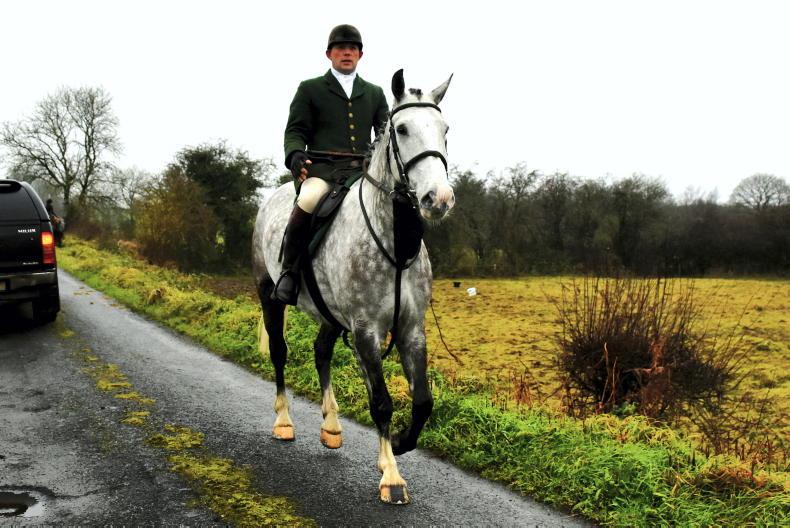

 This is a subscriber-only article
This is a subscriber-only article
 It looks like you're browsing in private mode
It looks like you're browsing in private mode




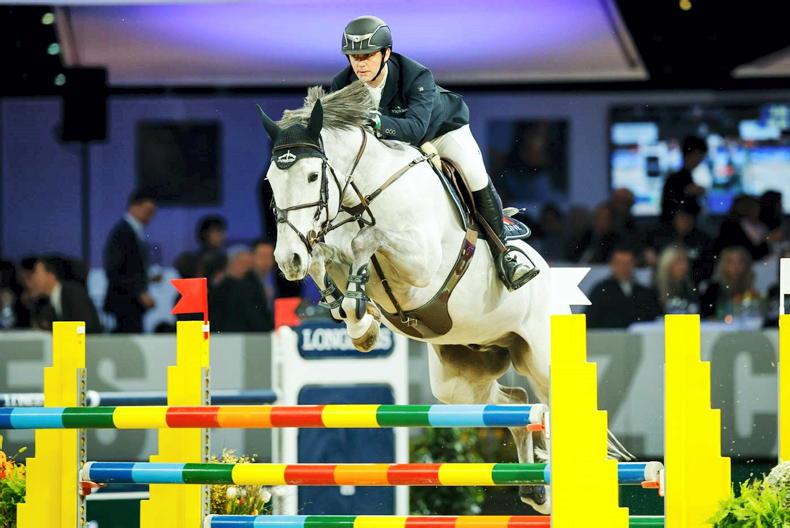
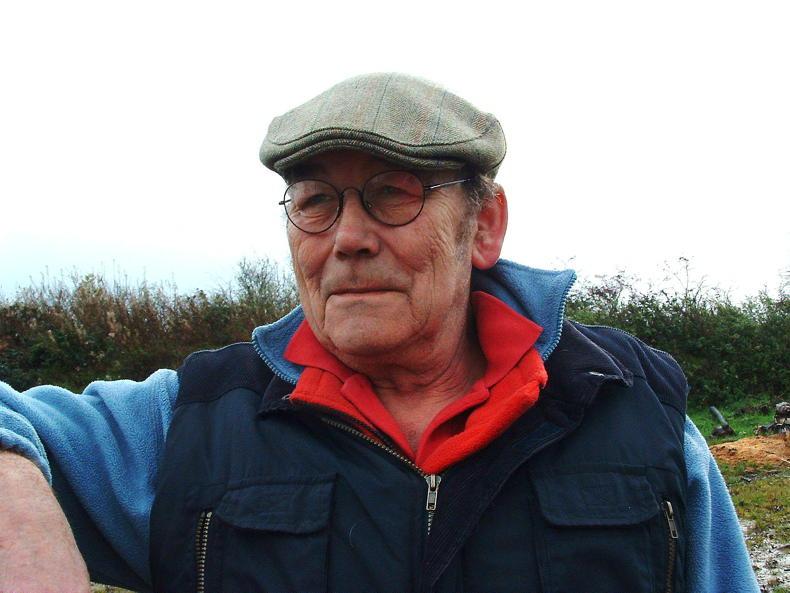

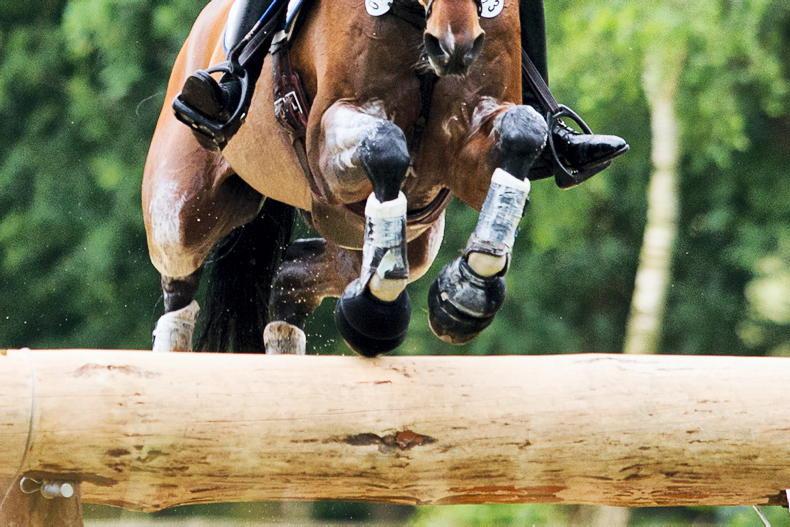
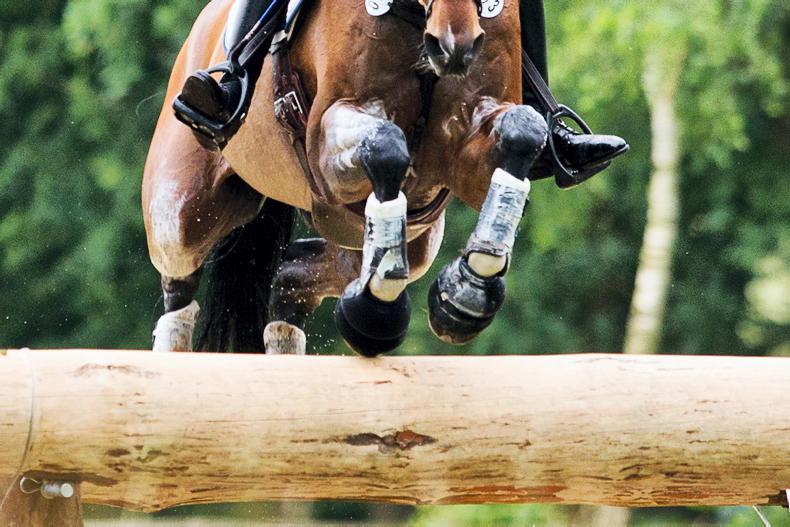



SHARING OPTIONS: